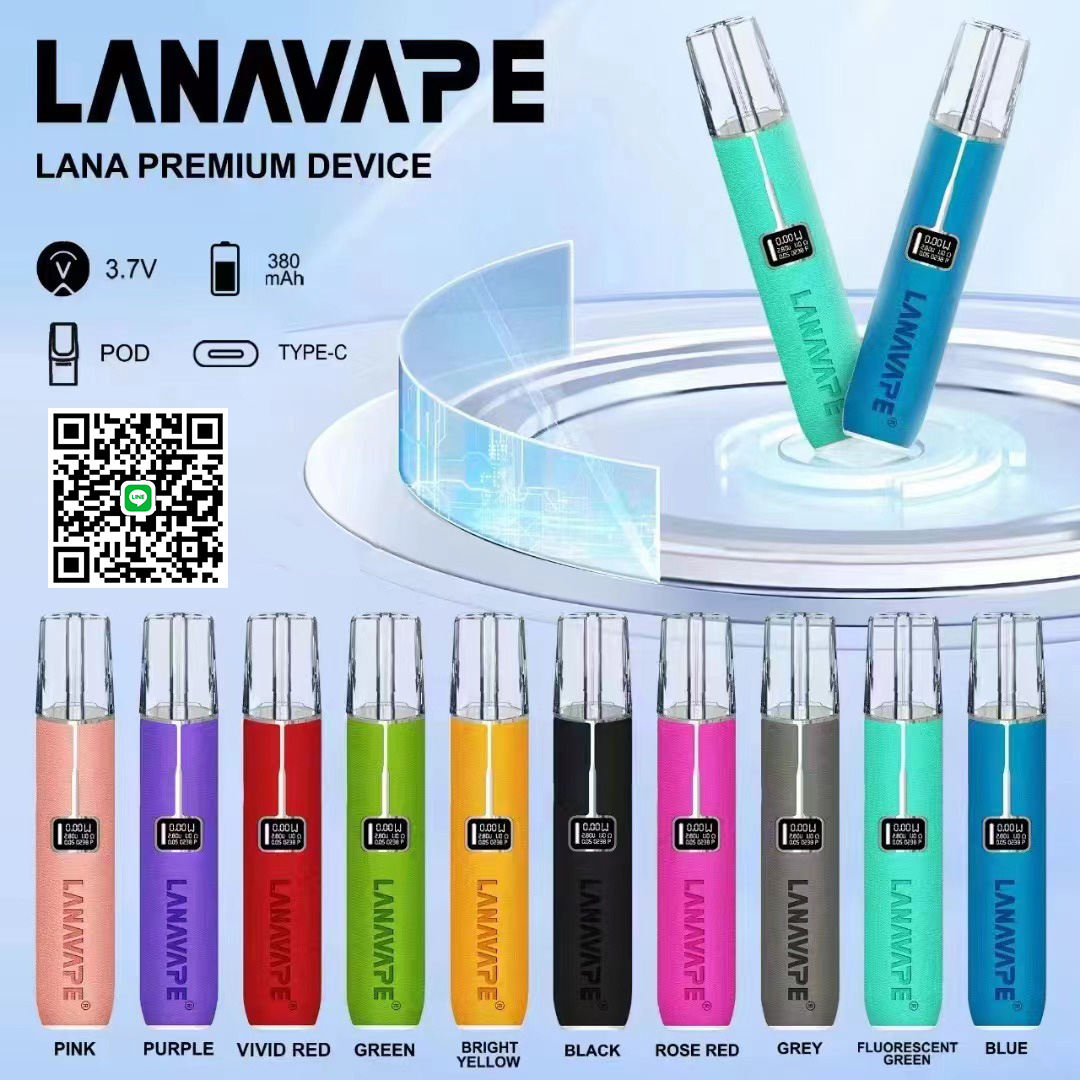Even so, LANA電子煙 We must also adhere to the quality of the industry and create unique products for the company.https://www.lanatw.tw
According to Japan’s “Daily News” reported on March 19, Japan’s scallop exports have fallen into a difficult situation.
The report said that due to China’s long-term suspension of importing Japanese aquatic products, Japanese scallops are facing a difficult situation. Despite the efforts of the government and aquatic industry operators to expand export markets, Hokkaido, which accounts for 80% of Japan’s scallop production, has nowhere to export.
We plan to send Japanese companies to your country to inspect new scallop processing sites and hope to get the support of the minister. On March 1, Japanese Minister of Agriculture, Forestry and Fisheries Tetsuki Sakamoto raised the above hopes when he met with Mexican Minister of Agriculture and Rural Development Villalobos, who was on a visit.
The Japanese government is also looking for opportunities in Southeast Asia. In addition to exploring the possibility of establishing scallop processing sites in Vietnam and other countries, on February 19, Tetsushi Sakamoto also invited ambassadors to Japan from six ASEAN countries including Thailand to visit Toyosu Market in Jiangdong District, Tokyo to vigorously promote Japanese scallops.
Japan’s Ministry of Agriculture, Forestry and Fisheries stated that China has previously been Japan’s largest export destination of aquatic products, and scallop exports to China ranked first among all categories with 48.9 billion yen in 2022. Nearly half (1.43 million tons) of Japanese scallops exported overseas are sold to China. Among the 960,000 tons of shelled frozen scallops, 30,000 to 40,000 tons are processed in China and then exported to the United States.
However, in 2023, affected by the discharge of Japan’s nuclear-treated water into the sea, China dropped to third place in Japan’s aquatic products exports, and scallop exports to China dropped sharply by 44%. Even if Japan wants to process its own exports, it is limited by a shortage of manpower, and the United States does not allow the import of scallops with shells, causing scallop exports to be in trouble.
However, setting up a separate scallop processing site is not easy. In January this year, when the Japan External Trade Organization led a number of Japanese companies to inspect factories in Vietnam, they encountered a practical problem: how to process scallops that Americans like. According to reports, Americans like to use scallops to make teppanyaki, and the scallops are roasted. The volume will shrink, and Chinese companies have developed special technology to make them smaller and still meet the needs of American consumers. But the technology of Japanese and Vietnamese companies is not yet up to it.